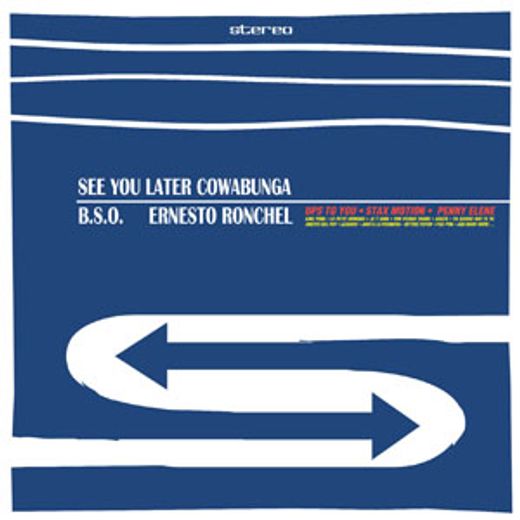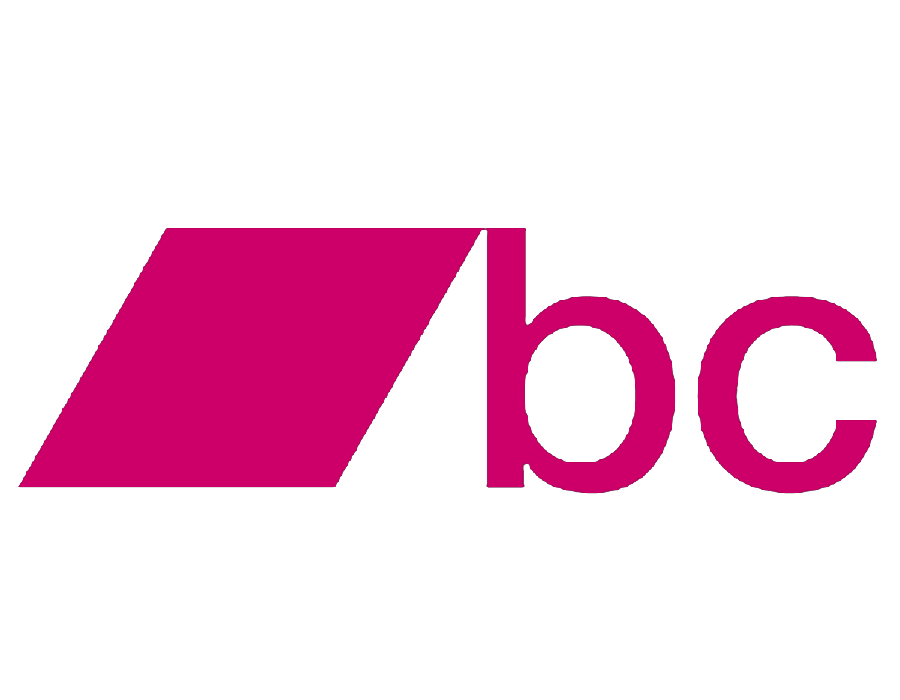
"See you later Cowabunga" is a tribute to the music films from the 60’s, specially to legendary Spanish film "Un, dos, tres al escondite inglés", by cult director Iván Zulueta, and the movies Richard Lester did with THE BEATLES. All of this combined with an almost non-existent budget (around 3000 euros), and under the influence of the great underground B-movie director Jess Franco. It’s also remarkable the cameo by legendary Spanish Natio…

"See you later Cowabunga" is a tribute to the music films from the 60’s, specially to legendary Spanish film "Un, dos, tres al escondite inglés", by cult director Iván Zulueta, and the movies Richard Lester did with THE BEATLES. All of this combined with an almost non-existent budget (around 3000 euros), and under the influence of the great underground B-movie director Jess Franco. It’s also remarkable the cameo by legendary Spanish National Radio DJ Juan de Pablos, who works as a link between the different phases in the story. As Ernesto Ronchel, composer of the score, puts it: "the songs on this album aren't but the outcome of many years listening to Juan de Pablos; all I know I have learnt from him... all about that world, now timeless, from the 50's and 60's. Since then I wanted to be a part of it, and, listening to Juan de Pablos, you could feel you were inside, or at least very close. Now it's me who writes songs and I feel I must pay tribute to all the "teachers" I've had from whom I have learnt so much: Phil Spector, Brian Wilson, Carole King, Booker T, Buddy Holly, THE BEATLES, Burt Bacharach and a thousand million more". The soundtrack, just like the movie, can be described as lysergic, schizoid, poppy, surfer, bizarre or simply weird. The movie features other cameos by Jess Franco, Lina Romay, Juan de Pablos, Pedro Temboury and Carlos Aguilar, as web as the performances of many bands such as DOCTOR EXPLOSION, AIRBAG or LOS STRAITJACKETS. And the soundtrack's music ranges from soul to sparkling pop, from easy listening to the Ramones-influenced teeny punk-pop. Again, in Ronchel's own words: "the record goes through the big variety of styles you can listen to at the radio show, from 50's doo wop to the cute electronic synth-pop that's in fashion these days, through Stax styled soul, some Françoise Hardy, Phil Spector’s wall of sound, some Gainsbourgism, home cooked Pet Sounds, Ramones guitars and many other things from the music that I love".
















